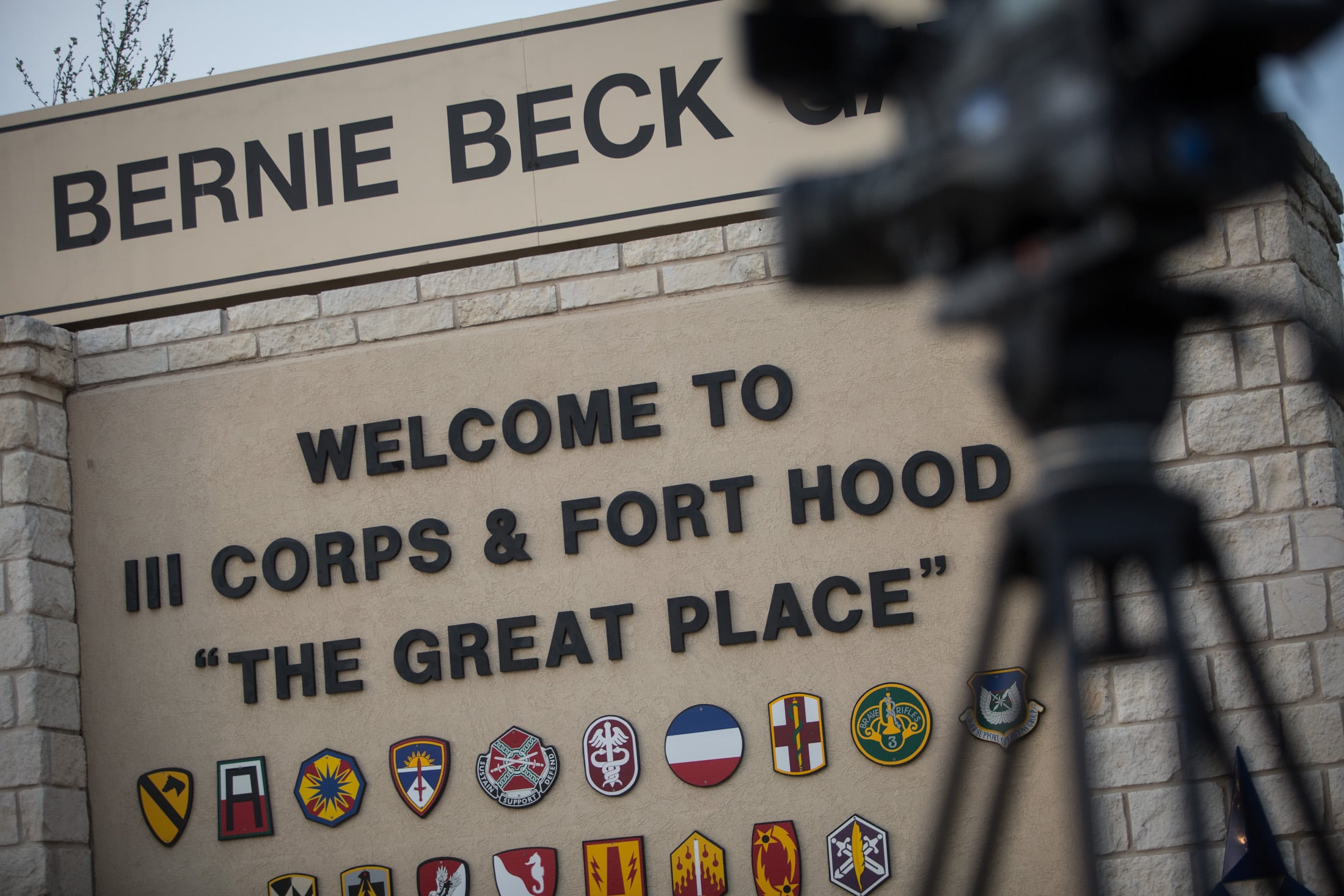TOKYO — Since North Korea's latest nuclear test, Pyongyang and Seoul have been openly trading threats of decapitation strikes and annihilating capitals populated by millions of civilians. And the talk of how each side might throw that first pre-emptive punch has become more detailed than ever.
Seoul and Pyongyang are making a point of claiming they are justified, and capable, of striking hard if an attack by the other appears imminent: North Korea with its rapidly developing nuclear arsenal, Seoul with conventional missile attacks and commando operations explicitly aimed at killing Kim Jong Un and his top commanders.
Swings of tension from crisis levels to business as usual, with the white noise of bellicose rhetoric always in the background, have been a fact of life for decades on the divided Korean Peninsula. But with pre-emptive strike scenarios coming out in the open, there may be new cause for real concern.
Here's a look at why, from the perspectives of the North, the South and the United States:
Pyongyang doubles down
Since assuming power in late 2011, Kim has made major strides toward making his country a credible nuclear threat.
This year alone, the North has conducted two nuclear tests, its latest and biggest on Sept. 9. It has test-launched several long-range missiles, including at least one from a submarine, and generally demonstrated it's moving toward a stealthier, deployment-ready nuclear and missile arsenal.
Pyongyang may now be capable of launching a nuclear attack on Seoul, which is only about 60 kilometers (35 miles) south of the Demilitarized Zone, and on the roughly 28,000 U.S. troops deployed in the South. Also possibly within striking distance are Japan, home to another 50,000 U.S. troops, and even the U.S. territory of Guam, a key Pacific military hub about 3,000 kilometers (1,900 miles) away.
It's closer than ever to having nuclear-tipped missiles able to reach the U.S. mainland.
Having the weaponry and being able to successfully use it are two different things. Experts have mixed opinions on whether the North can actually mount nuclear weapons on its long-range missiles, and on how reliable either would be.
North Korea has effectively held Seoul hostage for decades with dug-in, well-hidden artillery that could cause massive damage on the crowded South Korean capital and its suburbs. But the immediate U.S.-South Korean counterattack would be devastating.
But by introducing nuclear weapons into the equation, Pyongyang is trying to strengthen its hand — in deterrence, in an actual contingency or at the negotiating table should meaningful talks with Washington resume.
It's a risky, costly and extremely dangerous gambit, and North Korea appears to be doubling down.
In March, its state media reported that Kim personally supervised a drill simulating an attack on the Blue House, South Korea's presidential residence. Late last month, the North's military issued a statement threatening to use nuclear weapons to reduce Seoul to ashes and "sweep Guam, the base of provocations, from the surface of the earth." On Sunday, state media again warned the North is ready to act at the "slightest sign of intrusion."
South Korea preps to take out Kim
Obviously, a "decapitation strike" scenario aimed at North Korea's leadership is something the South would quietly consider — that's what military strategists are paid to do. North Korea attempted one against South Korean President Park Chung-hee in 1968; it was a disaster.
But Seoul is now showing its cards.
South Korean media started talking about them in August 2015, when a South Korean defense official said "beheading operations" would be part of a new joint wartime plan. U.S. and South Korean troops reportedly conducted such training during joint exercises in March. Some military experts say such exercises aren't new, but the reports outraged Pyongyang.
Seoul's rhetoric is now even more pointed. Shortly after last month's nuclear test, its Joint Chiefs of Staff announced plans to strengthen its ability to conduct pre-emptive strikes. And it said a "Korea Massive Punishment and Retaliation" system would use special forces, the Hyunmoo-2 ballistic missile and the Hyunmoo-3 cruise missile — now under development — to, as one South Korean newspaper put it, "obliterate areas where Kim Jong Un and the rest of North Korea's leaders are located."
Kim Dae Young, a military expert at South Korea's Korea Defense and Security Forum, questioned whether the South could pull off a pre-emptive strike without nuclear weapons.
"Pyongyang's subways run 100 to 150 meters (328 to 492 feet) deep. South Korea could fire all of its cruise missiles and ballistic missiles onto Pyongyang and it would still be difficult to break the tunnels," he said. "If you're able to take out Kim Jong Un on the first try, good. But if you fail, then you come under a nuclear attack."
Conservative lawmakers, scholars and media agencies are calling for South Korea to develop its own nukes and ask the U.S. to reintroduce tactical nuclear weapons into South Korea. Officials say they have no plans for such changes, which would infuriate neighbors China, Russia and Japan and fly in the face of longstanding U.S. military policy.
Patience and worry in Washington
With presidential elections just over a month away, Washington has been sticking to President Barack Obama's longstanding policy of "strategic patience" — keeping Pyongyang at arm's length, building regional alliances and isolating the North's government.
It has recently flown B-1B bombers over the Korean Peninsula and is moving ahead with the deployment of its top-of-the-line THAAD missile defense system in South Korea, though China sees THAAD as a threat to its own defense.
Assistant Secretary of State Daniel Russel, the top U.S. diplomat for East Asia, assured Congress last week the U.S. has plans in place for "de-escalating and defusing" a crisis. He said South Korea's official statements on pre-emption did not show it has any intent "to take precipitous or provocative action."
Even so, some in Washington view the escalation as disconcerting.
"Discussions of things like pre-emption in public obviously add a troubling element to peninsular dynamics," said Evans Revere, a former State Department official and East Asia expert.
Revere blamed Pyongyang for its rapid nuclear and missile buildup. He said Seoul's logic in allowing stories about exercise scenarios to leak out is to "maximize the deterrent message" and to reassure South Koreans.
That, too, is a risky game.
Democratic Sen. Ed Markey, also at last week's Senate hearing, warned that if North Korea believes the South intends to use pre-emptive force to kill its leaders, Kim Jong Un would be under pressure to delegate control over nuclear weapons to front-line military commanders. If the North believes Seoul plans to pre-emptively take out its nuclear weapons, he added, that could also create pressure to "use them or lose them in a crisis."
"Both of those pressures could drastically increase the risk of inadvertent nuclear war on the peninsula," he said.
AP writers Kim Tong-hyung and Hyung-jin Kim in Seoul, South Korea, and Matthew Pennington in Washington contributed to this report.





